So the smoke has cleared on Android XR and Project Moohan — Samsung’s Apple Vision Pro competitor. While working through all the news around this new platform and mixed reality headset, I definitely caught the vibe that this is the start of something big.
Google is trying to figure out how to put Android on your face, and XR feels like a strong way to unlock virtual reality, augmented reality and mixed reality experiences that will work the same across whatever kind of hardware a company tries to make.
Google is trying to create a unified platform regardless of the device, which leans on the power of Gemini AI to pair personal context with the world around you to give you an augmented experience. But if I may be so bold, this starting point may be good, but a little tame. Vision Pro is indeed a breakthrough experience, but I’m a little cold on the headset itself.
Instead, I’m more excited to see what happens when Android XR comes to smart glasses — especially now that a partnership with Xreal has been announced. We’re a long ways off from it, but let me explain why.
The spatial potential is exciting
A vision for Android XR - YouTube

Yes, Google Glass may have been a dud, but Android XR is the result of “years of investment in AI, AR and VR” since this misstep to give you a software platform that is all things to different hardware types in the VR and AR space.
Tapping into Google’s services like Maps, Google Lens, Circle to Search and more, while infusing it with Gemini, this new OS platform spatializes all your key information and assistance to augment the world around you — from the full immersion of what Google calls an “episodic product” like a VR headset, to “all-day products” like glasses.
Details beyond this are sparse, but what we do see is that Project Moohan seems like it's got the Vision Pro in its sights, in terms of spatial computing capabilities — immersive TV content, multi-screen productivity and seeing family photos.
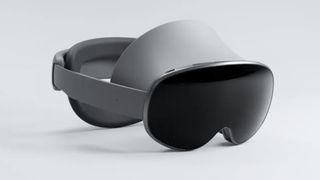
But the main issue I’ve always faced with the vision (pardon the pun) of bringing spatial computing to VR headsets is that whole “episodic product” thing. The capabilities are certainly there, and the Vision Pro does have the horsepower to do some big things. But taking price out of the equation for a second, the problem is that spatial computing just hasn’t got to a point where it can be faster to do something here than on your trusty laptop.
When you put them into glasses, however, that’s where I feel this software vision comes to life. Spatial computing focuses you too much on trying to replace a computer. Set your sights on introducing something for the post-smartphone world, and you can see how the voice control, gesture control and wearability of something like a pair of specs could be a very realistic vision for where Android XR goes.
I know I’m talking about something far in the future, and chances are a couple of people at Google may be panicking that I’m predicting the smartphone may be made redundant — one of the company’s biggest businesses. And currently, it’s clear that Google is looking at these as a device that plays nice with your phone. But that disconnection from a slab in your pocket is a very real possibility.
Hardware has some catching up to do
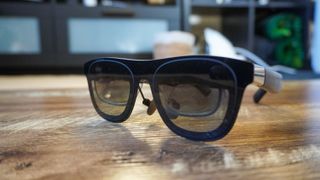
I predicted that an AR revolution was coming to CES 2024 — the beginning of the parallel lines of development between VR headsets and AR glasses starting to intersect to bring you VR capabilities in something the size of a pair of specs. This, in my mind, is what the real smart glasses will be.
Did it happen? …sort of. Xreal Air 2 Ultra did give you hand tracking in a pair of AR specs, but is still stuck in trying to pull developers onto its journey. And of course, Meta’s Project Orion has come closest to this intersection out of anyone, but it’s a prototype that we won’t be seeing come to fruition for a while.
I’m quietly confident that Android XR is the platform that will take us through to another era of smart glasses. So now, it’s onto the hardware makers to check off the following items on what I’m going to call my steps to smart glasses:
- Improve the display tech: Yes, Sony’s Micro-OLED panels are impressive for entertainment. But there are two big obstacles — the field of view (FoV) and the size of the prisms projecting that image making them a little too large on the face. Some sort of display directly on the lenses of the glasses themselves would drastically increase that FoV and eliminate the need for prisms altogether.
- Computation in the glasses: Unsurprisingly, the likes of the Snapdragon XR2+ Gen 2 (the chipset currently in Samsung’s Project Moohan) is very much just for VR headsets. Movements are being made to put silicon directly into AR glasses, such as the X1 in Xreal One, but their purposes are limited. For computing itself, every single pair of smart glasses have to rely on a separate device. All that processing needs to be done on-device, to unlock the truest smart glasses.
- Battery: Speaking to Xreal, this seems to be the biggest challenge. APUs can be made small enough to fit into a pair of glasses, but getting enough battery in there to run everything without overwhelming the dimensions and weight is very tricky. And it can’t be a separate battery pack you put in your pocket — we all know how frustrating that can be. So some sort of layered battery structure in the arms of the glasses seems to be the way to go.
Once any company that makes AR glasses nails these three, that’s the moment we can start to ask that important question: “what comes next after the smartphone?”
More from Tom's Guide
- Google reportedly working on smart glasses that can hold prescription lenses
- Finally! Meta Quest VR headsets can now connect to your Windows 11 PC — with up to 3 virtual monitors
- I tested a VR chair that moves as you turn your head — Roto VR Explorer is the wildest gadget I’ve used in 2024

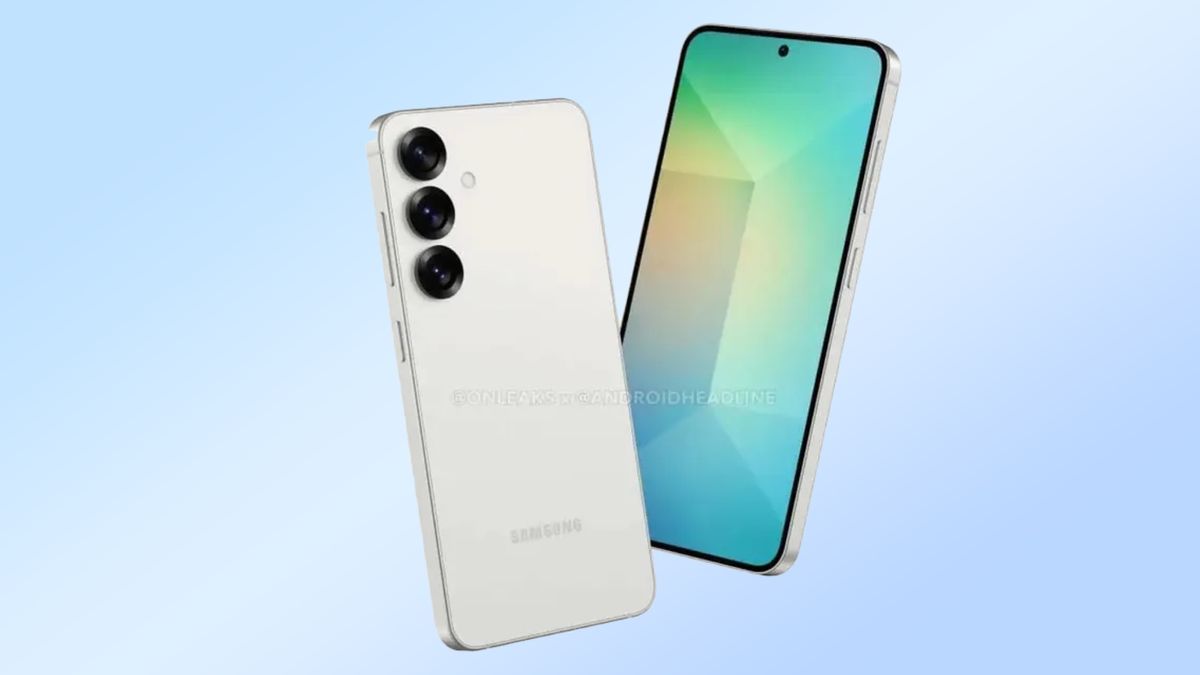
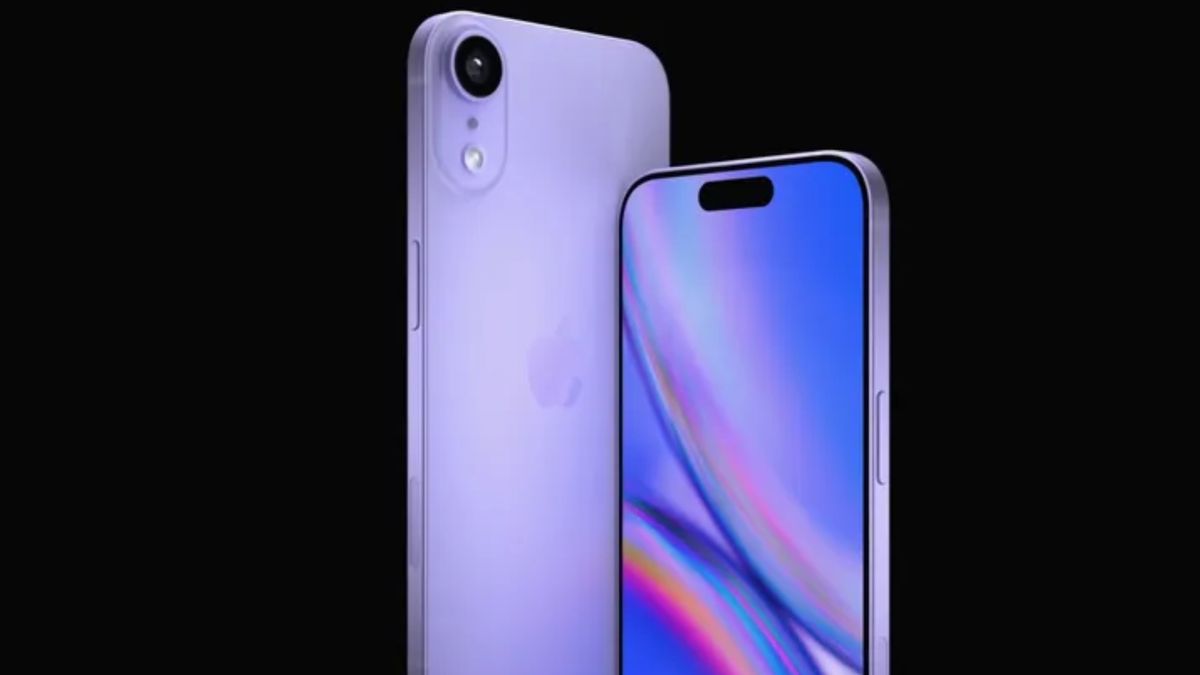

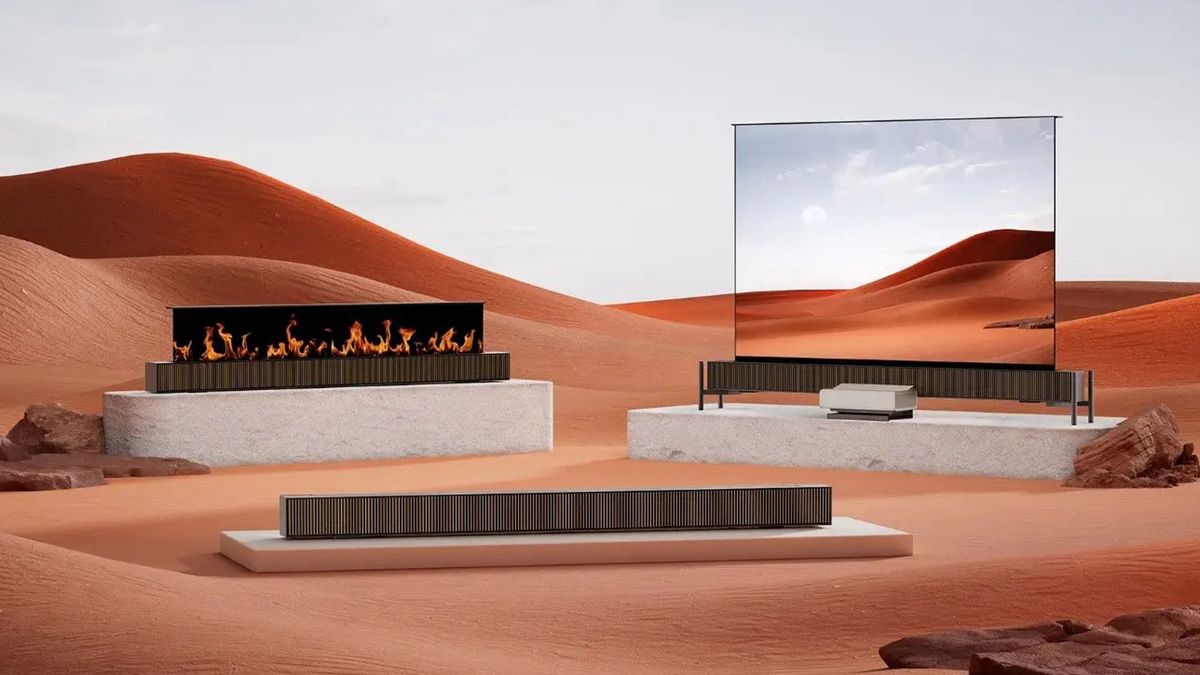
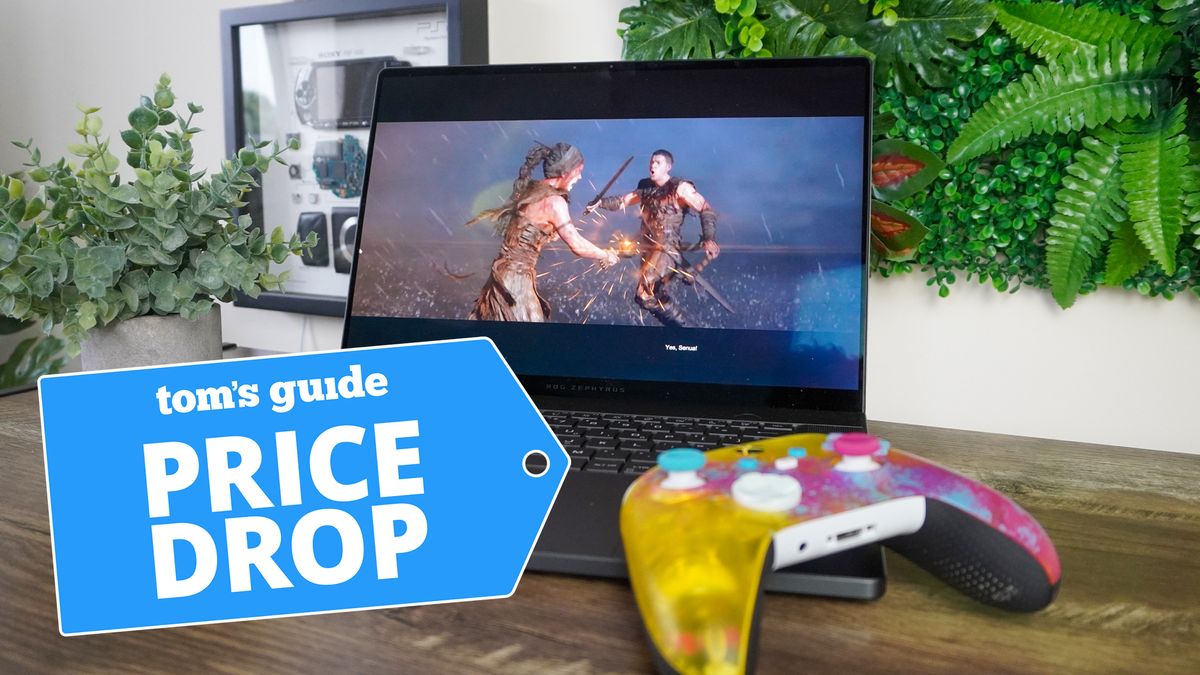
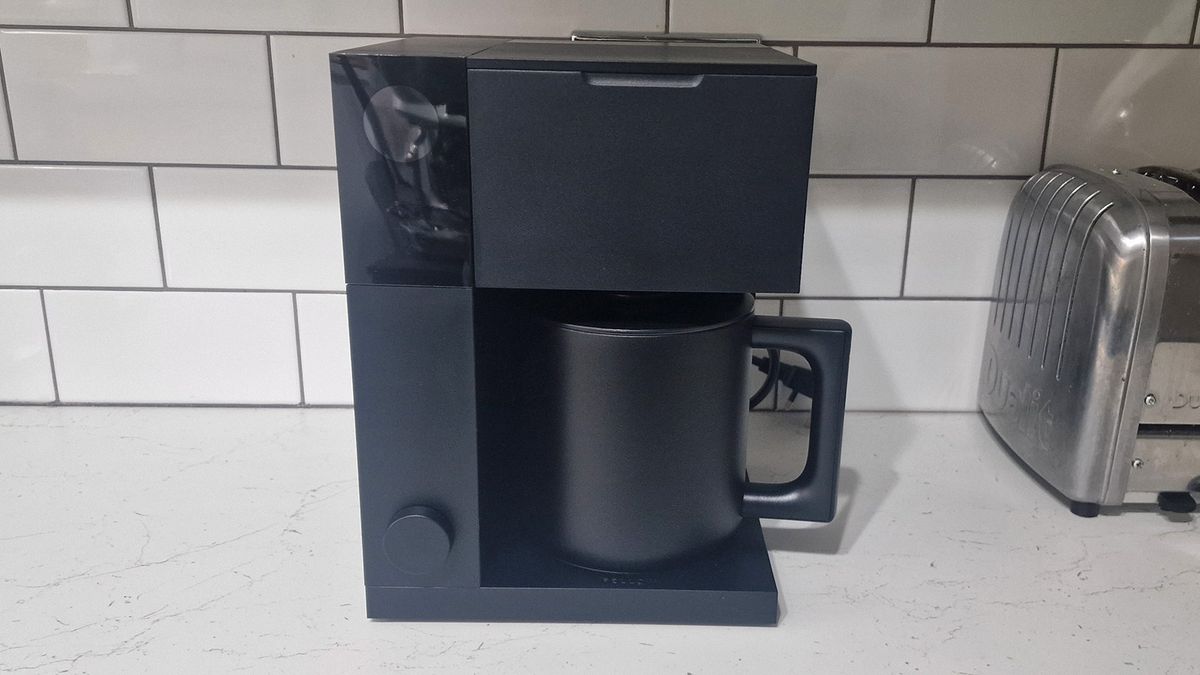














 English (US) ·
English (US) ·